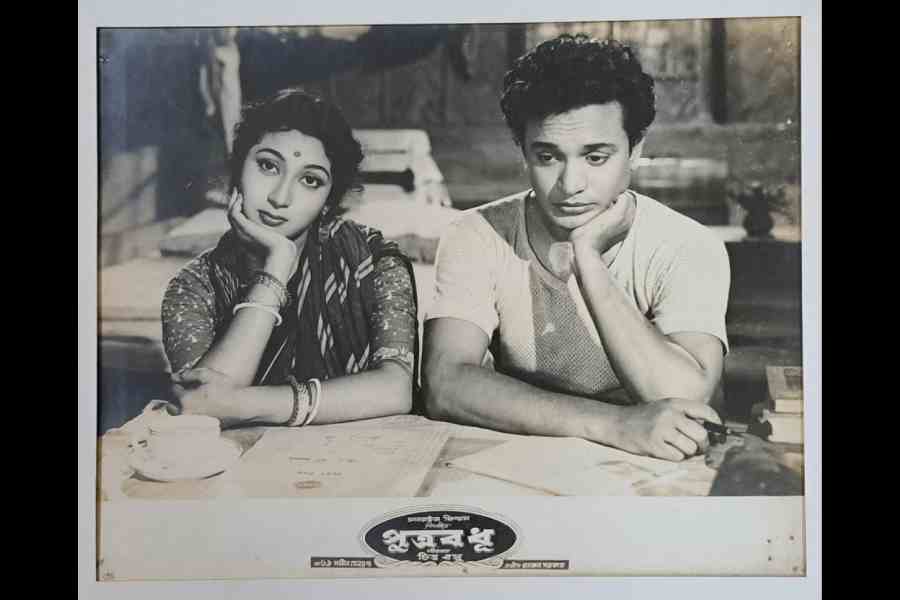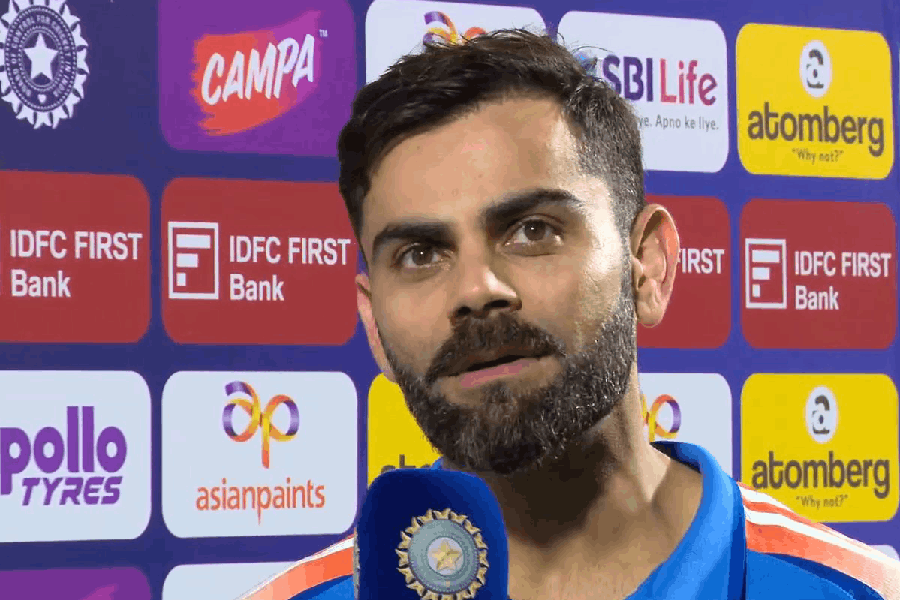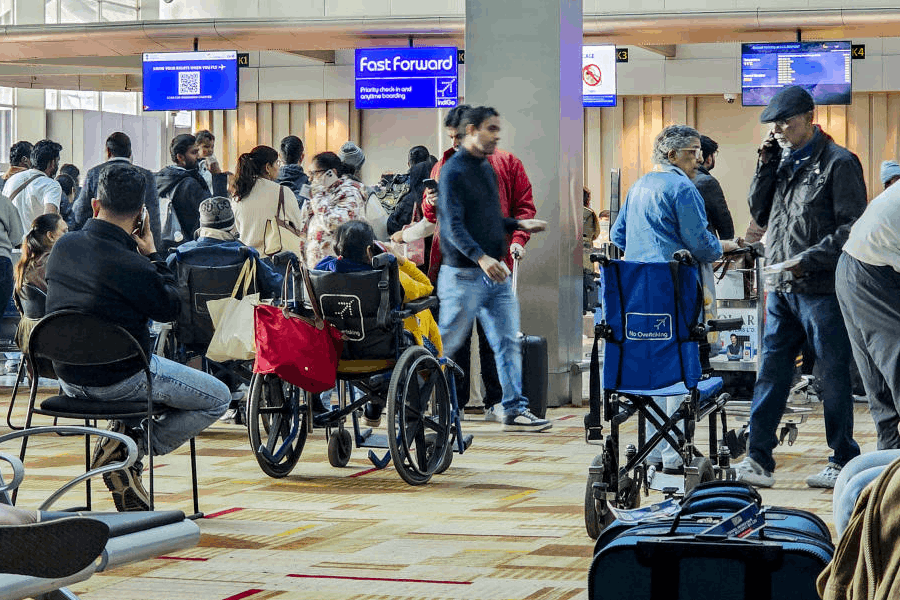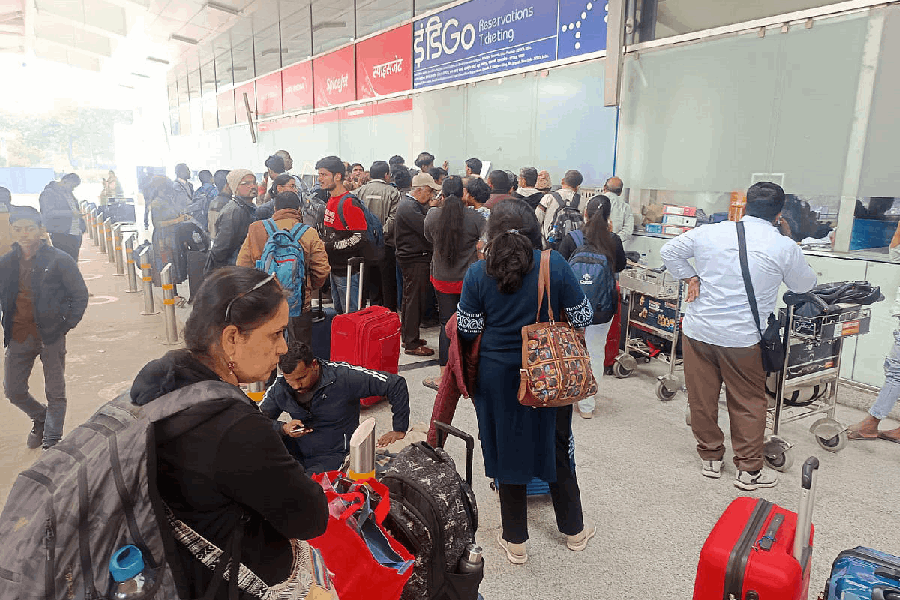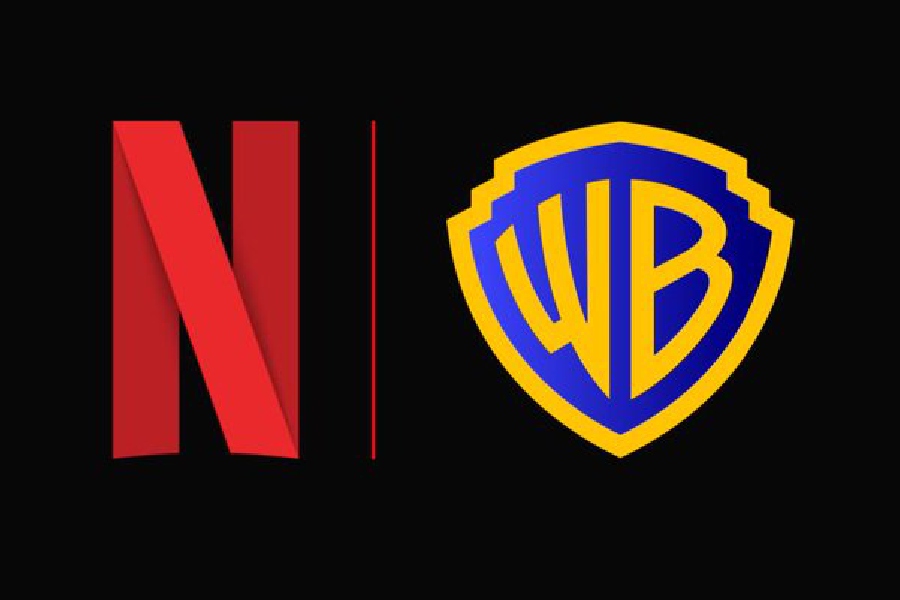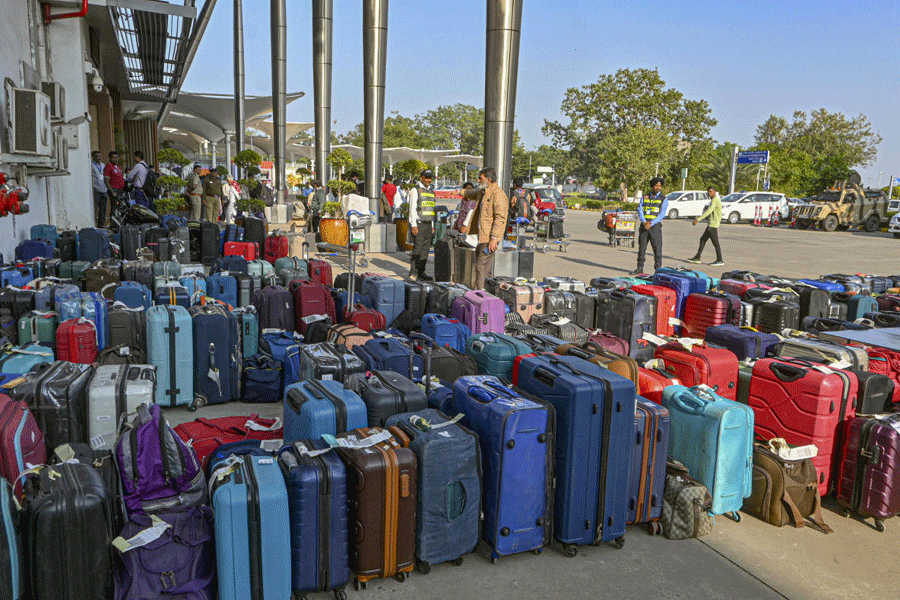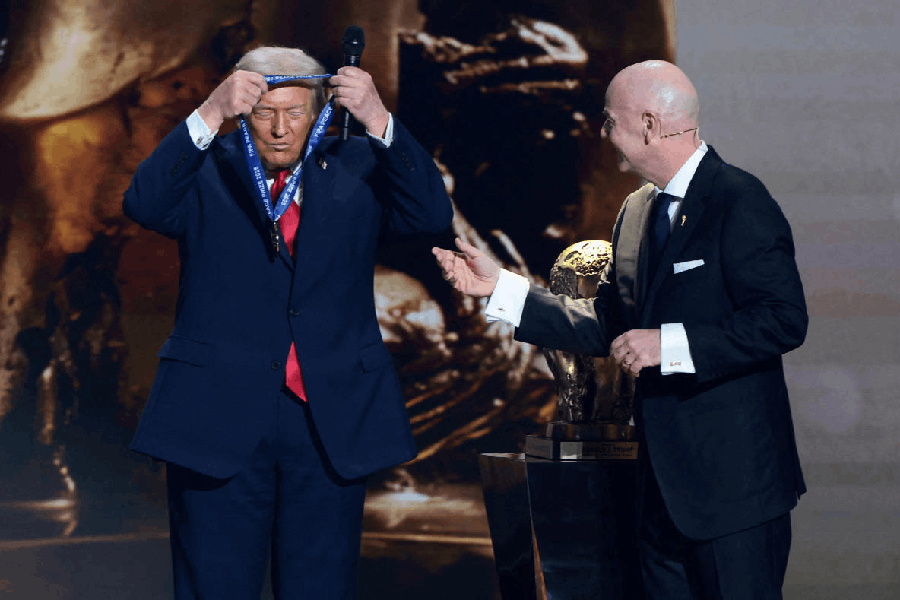Salaam Cinema, a delectable exhibition of Bengali and Hindi film posters, stills, lobby cards and other memorabilia, was organised by Sensorium and Art Inn at the ICCR complex recently. Film aficionados of all ages with a soft corner for well-known works
dating back to the decades between the 1950s and the 1990s attended the event
in substantial numbers, even from far-flung suburbs like Liluah and Chandannagar.
While some of the posters looked familiar, there were at least two that left one marvelling at the use of lines and colours to arrive at the heart of the films they represented. The ones evoking memories of Ritwik Ghatak’s pioneering road-movie, Ajantrik, and Bimal Roy’s Do Bigha Zameen (using a Chittoprasad woodcut) were capable of taking one’s breath away. A still from the Bengali film, Headmaster (1959), showing Karuna Bandopadhyay and Chhabi Biswas, transported the viewer to a time when even amateurishly-made films succeeded at the box office by virtue of the acting skills of legendary actors.
If the riches on view
ostensibly sought to give
an idea of the cultural history of a bygone era through cinema, they were no less important for providing openings into readings in visual anthropology. Perhaps it can be said that Salaam Cinema had deeper intentions than paying centennial homage to stalwarts like Raj Kapoor, Tapan Sinha, Arundhati Debi, Raj Khosla, Salil Choudhury and the ever-enduring Mohammed Rafi.
However, what jarred
one a bit was the entrepreneurial attempt at marketing varied items of merchandise like coffee mugs and t-shirts with portraits of film greats embossed on them. Sounak Chacraverti of Sensorium was quick to explain that in the absence of any support from any quarter, the only way of keeping a good and expensive exercise like Salaam Cinema going is
to invite visitors to pitch
in by buying an item or two. Fair enough.

